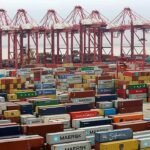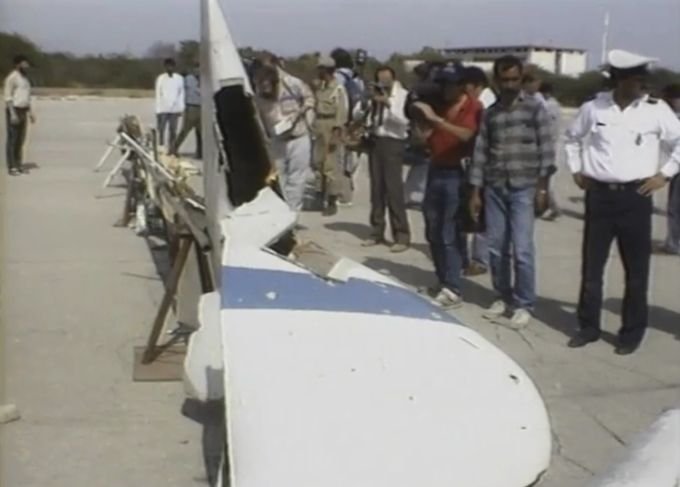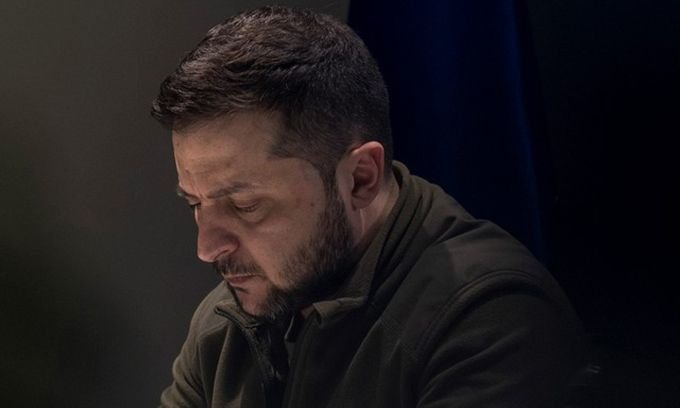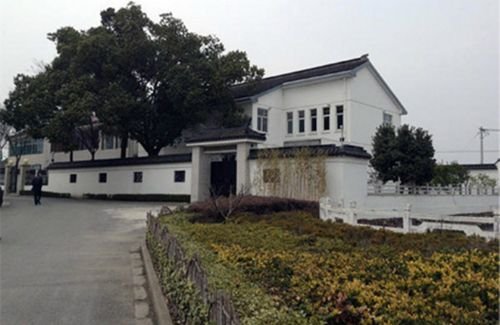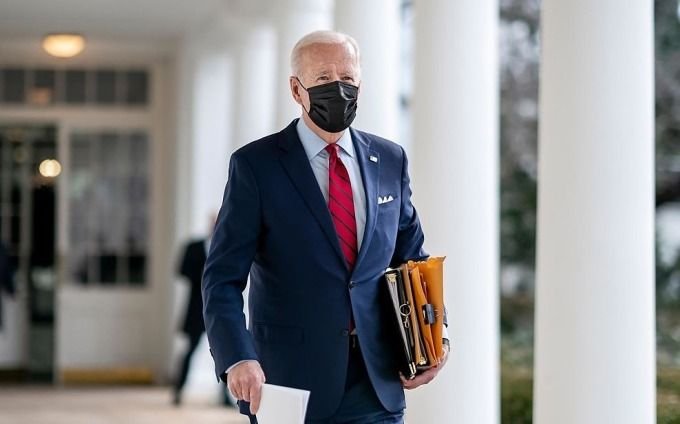`As of April 1, Russian natural gas no longer flows to Latvia, Estonia and Lithuania,` said Uldis Bariss, managing director of Latvia’s Conexus Baltic Grid natural gas storage facility.
Latvia has a stable gas supply thanks to Incukalns, one of Europe’s largest gas storage facilities and operated by Conexus Baltic Grid.
Part of the system above Latvia’s Incukalns underground gas storage facility.
Gas is typically loaded into Incukalns storage between April and October each year, when gas demand in the region is lowest, before being pumped out during the rest of the year to customers in Latvia.
Latvia has a special geological structure, with a porous sandstone layer located at a depth of 700-800 meters, capable of storing gas safely and economically.
Since declaring independence in 1991, the three Baltic states have become increasingly concerned about their dependence on Russian energy.
After the three Baltic countries became independent countries, this situation continued, as they depended on nearly 90% of their oil and 100% of their gas and electricity from Russia.
This system has allowed Russia to leverage its position as a monopoly energy supplier to maintain a degree of geostrategic influence over its three Baltic neighbors.
This trend is shown more clearly under President Vladimir Putin, when energy is seen as a tool to promote Russia’s foreign policy goals.
In the following years, the three Baltic states sought to increase their autonomy over their energy facilities by launching a number of initiatives to eliminate dependence on Russian energy, while also strengthening their connections with Russia.
One such initiative is the Baltic energy market interconnection plan (BEMIP), developed by the three countries in 2008, with the goal of helping the electricity and gas market fully integrate with the EU, thereby
Lithuania, which consumes more gas than Estonia and Latvia, is the first country to try to end its dependence on Russian energy.
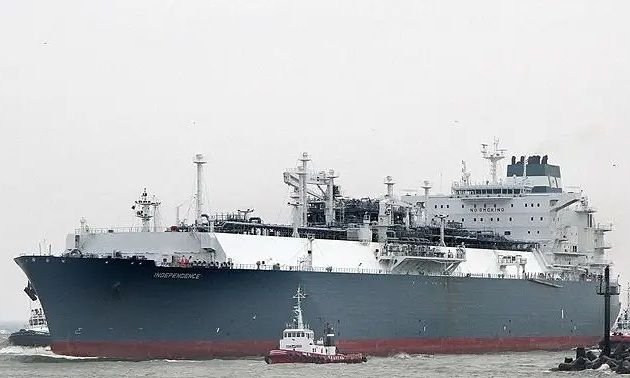
Gas storage ship at Klaipeda port, Lithuania in 2014. Photo: AFP.
This liquefied gas storage ship is stationed at Klaipeda port, allowing Lithuania to actively import LNG, instead of having to rely on land-based gas transportation pipelines.
In the same year, Lithuania’s state gas company Litgas signed a contract with Norwegian gas supplier Statoil to import 0.54 billion cubic meters of gas per year from 2015 to 2020. The latter two parties
Two other Lithuanian companies also signed short-term contracts with Statoil in 2016, bringing the total amount of LNG stored at the Klaipeda LNG terminal to more than one billion cubic meters.
With an annual regasification capacity of 4 billion cubic meters, Lithuanian storage can meet a significant portion of the Baltic region’s natural gas needs.
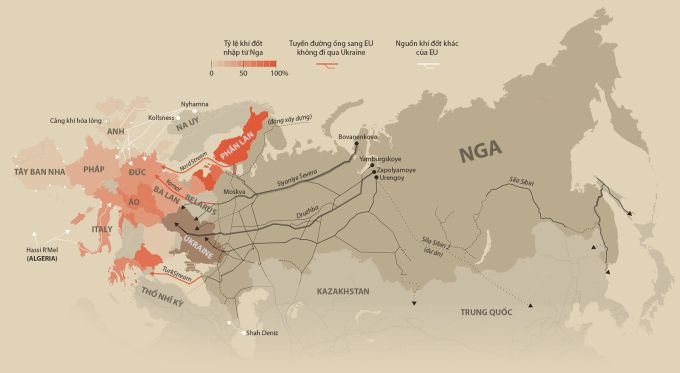
Pipelines transport Russian gas to Europe.
In December 2016, the Prime Ministers of Estonia, Latvia and Lithuania agreed to establish a unified Baltic gas market by 2020, as part of energy independence efforts.
Observers say that efforts to proactively store reserves, diversify supplies and better connect with Europe are the way to help Baltic countries confidently stop buying gas from Russia, escaping the situation.
Lithuanian President Gitanas Nauseda called on the rest of the EU to follow the example of the three Baltic countries.




